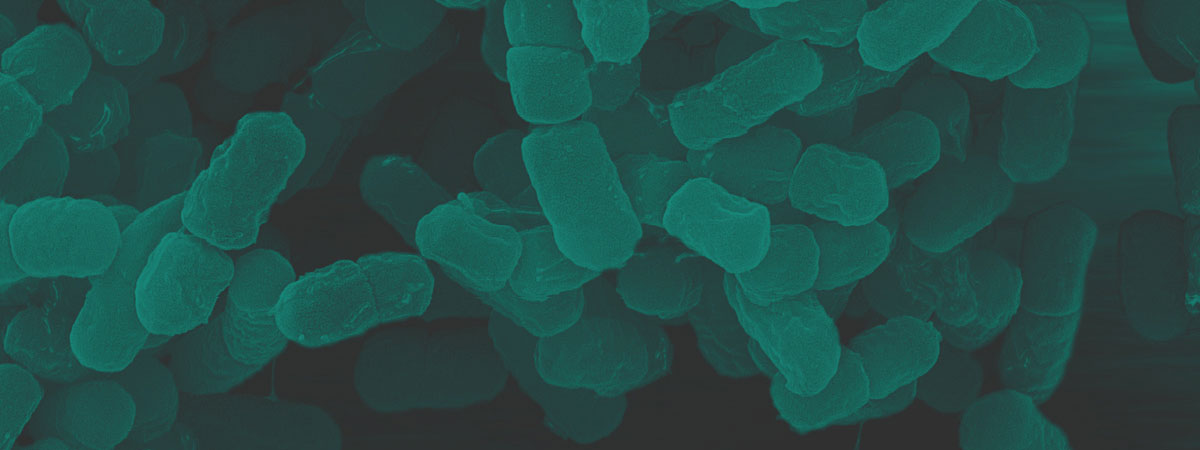Development of new biocidal and bio active surfaces
Considering the rise of antibiotic resistance, the development of new antibacterial agents with
improved biocidal functions is urgently required. We previously reported that covalently joining an amide-based
N-chloramine with a quaternary ammonium compound (QAC) can yield a new composite biocide with faster inactivation of
various bacteria. Importantly, the composite biocide was found to reduce the risk for potential bacterial resistance
associated with QAC.
– Since 600 million people are affected by foodborne illnesses each year all around the world, food
safety has become an important issue. Stainless steel is widely used in the food industry, so it is pivotal to endow
stainless steel with potent rechargeable antibacterial function. we developed a rechargeable antibacterial coating
for stainless steel which can be effective in the presence of organic matter.
Polyhydroxyalkanoates (PHAs) have recently attracted significant attention in medical applications.
Electrospinning of short chain-length (scl-)PHAs has been extensively investigated, while medium chain length
(mcl-)PHAs are not suitable for electrospinning since they are elastomeric at room temperature. We improved the
electrospinability of an mcl-PHA poly (3-hydroxyoctanoate-co-3-hydroxyhexanoate) (PHOHHx) by blending with a scl-PHA
poly (3-hydroxybutyrate-co-3-hydroxyvalerate) (PHBV25, with 25 mol% HV). Morphology of electrospun PHBV25/PHOHHx
blends at various ratios was investigated. Effects of various processing parameters on nanofiber morphology were
investigated, such as solution concentration, feeding rate and applied voltage. Crystallinity, chemical structure,
and mechanical properties of the electrospun mats were also studied.


